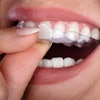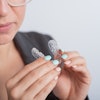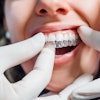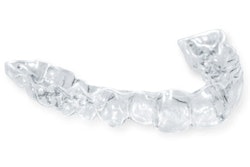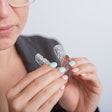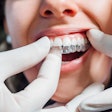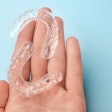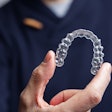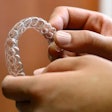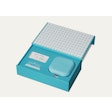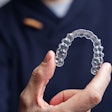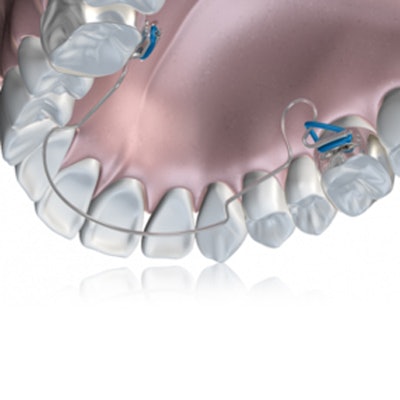
Most parents seem to view their children's dental health as a waiting game: Fix the cavities and then wait to see how everything straightens out -- or doesn't straighten out, in which case move directly to orthodontics.
 Martin Gorman, DDS.
Martin Gorman, DDS.No doubt, orthodontic devices can assist adolescents and adults in achieving optimal dental health, but the opportunity to maximize corrective dental procedures comes only once in life during the active growth years of preadolescence.
Childhood, in particular, is when dentists and hygienists should be looking for early signs of malocclusion. When I began practicing, the prevailing opinion of most dentists was that even if they did detect signs of crowded teeth in children, it was better to wait until their cranial cavity began filling out in their teens before tackling the problem. Anything approaching orthodontics in most children was viewed as futile, since their growing bodies -- and their mouths -- would surely require everything to be redone.
The wrong approach
The most effective time to begin treating malocclusion may be during childhood. In fact, not treating in childhood may contribute to a cascade of non- or underdiagnosed problems, including sleep disordered breathing and sleep apnea (Internal Medicine, September 16, 2008).
“Childhood is when dentists and hygienists should be looking for early signs of malocclusion.”
When jaws are too small, teeth can become crowded and misaligned. To be clear, the problem isn't too many teeth but too small a mouth. Essentially, the solution to malocclusion is elegantly simple: Widen the mouth cavity, so there's room to naturally fit all the teeth. We never want to extract healthy teeth, be it in children, adolescents, or adults.
Or course, the devil is in the details. Widening the mouth cavity might seem relatively easy, but teeth don't exist in a vacuum. They're an integral part of a structural system that includes the cranial bones and the jaw joint, as well as the body's larger skeletal and neurological system, which, in turn, affect all of the muscles, organs and vertebrae.
The body is constantly trying to achieve balance, which is why an advanced lightwire functional (ALF) appliance often works so well in my clinical experience. This is a cranial, osteopathy-based orthodontic system that uses a custom appliance made of light, flexible wire. The device applies subtle forces to the teeth and gums, which can resolve underlying causes of crowded, misaligned teeth and imbalanced facial aesthetics.
Attachments
 Advanced lightwire functional appliance. Image courtesy of Dr. Martin Gorman.
Advanced lightwire functional appliance. Image courtesy of Dr. Martin Gorman.The patient's mouth is first mapped using 3D scans. The appliance is attached to the inside of teeth, so it's virtually undetectable, and most patients find it completely comfortable. As teeth and bones gently shift, the appliance may need to be adjusted or replaced with subsequent designs. The final portion of the treatment may need to include an invisible aligner.
The devices are highly customized, so it's difficult to speculate on how long a patient will need to wear it without an examination. However, children are typically in treatment for 12 to 18 months in my experience. More information can be found in a 2003 report in the International Journal of Orthodontics (Fall 2003, Vol. 14:3, pp. 17-23).
For children 7 years and younger, custom ALF appliances are typically used to guide proper facial growth and balance, in my experience. These appliances can help alleviate the severity of neurological, craniofacial, and orthodontic obstacles later in life.
For children 7 to 11 years, these appliances can remodel suboptimal growth from earlier years and set the foundation for proper development in the remaining years of active growth.
The authors of a case report in a recent issue of the Journal of the American Osteopathic Association (February 2019, Vol. 119:2, pp. 126-134) noted that 15% of children have some form of sleep disordered breathing, but 90% of these children go undiagnosed.
The key to correcting this and other problems associated with the epidemic of smaller jaws is catching them early enough.
Martin Gorman, DDS, is in practice at the Gorman Dental Center in Encino, CA.
Disclaimer
Dr. Gorman has no financial stake in any company that manufactures these devices.
The comments and observations expressed herein do not necessarily reflect the opinions of DrBicuspid.com, nor should they be construed as an endorsement or admonishment of any particular idea, vendor, or organization.
